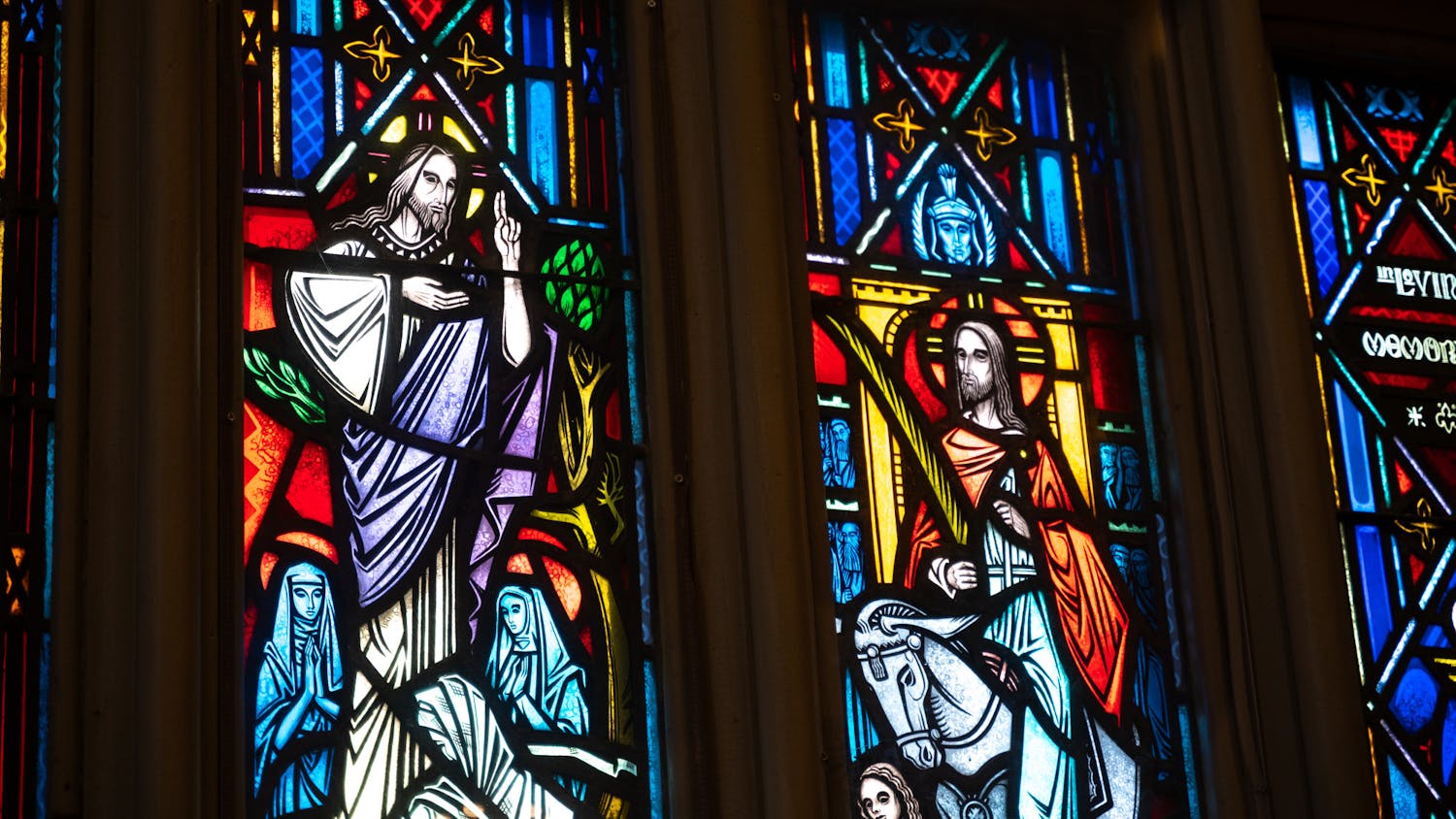UW-Madison students are pursuing mental health care more than ever before.
They face a wide variety of transitional challenges and difficulties adjusting to college and achieving independence.
From academic anxiety to severe clinical depression, the concerns students face create a need for complex solutions, not faceless statistics. Differences in race, gender and sexual preference can further alienate students, creating new problems and making existing ones worse.
However, in terms of suicide rates and available treatment, UW-Madison has been successful by national comparison in dealing with mental health issues.
With rising rates of stress and depression among students, it is time to examine the difficulties faced and resources provided to help students overcome these challenges and develop as successful UW-Madison scholars and community members.
According to Larry Davis, UW-Madison assistant director of Residence Life, the most difficult time in college is the initial period after leaving home, usually within the first six weeks.
Housing officials take extra care to provide students with activities and facilitate socialization within those beginning weeks, Davis said.
\The more emphasis you can put on developing a community and assisting students to get to know each other, the better.""
While many housefellows take active roles in engaging their residents in activities, often the actual experiences of university residence life can be intimidating and anonymous, posing obstacles to students seeking a fulfilling social life.
""I met people by just always having my door open and walking to other people's rooms,"" said Ashley Fischer, UW-Madison freshman.
But Fischer's social atmosphere in the large, high-rise style southeast dorms may differ vastly from other students' university housing experiences.
Assistant Dean of Students Elton Crim said modern American parents are often the primary social interaction for their children, creating a pattern of isolation and a lack of social skills among incoming college freshmen.
""Then you come to a campus like this, which is 40,000 students and very compartmentalized, and again, if you don't get connected right away, there is another pattern of isolation that can happen,"" Crim said.
Large, daunting dorms can add to these feelings of anonymity and detachment, creating a need for more intimate living environments. Smaller residence halls like Slichter, Cole and Bradley may facilitate this more comfortable living environment.
According to UW-Madison freshman Tim Quesnell, Kronshage Hall, where he lives, provides a more close-knit atmosphere.
""I found it very easy to meet the people in my building because it's so small that it feels like a family,"" Quesnell said.
In addition to living environments, stress caused by academics and a generally heavier workload also takes its toll on many students.
""Many of these students come and they're from the top of their class, so they were doing well, they were achieving academically, etc., and then they come to an environment like UW-Madison where it's going to be competitive and maybe they're not doing as well,"" said Assistant Dean of Students Yolanda Garza.
""College is definitely harder than high school,"" said UW-Madison freshman Liz Kiefer. ""Academically, I've never worked so hard.""
Social distractions primarily contribute to this decline in academic achievement, yet many students adjust to housing environments that are not conducive to studying. Some go to study dens and frequent the library instead of coming back to their dorms between classes, according to Molly Nilssen, UW-Madison freshman.
Over-involvement can also contribute to under-achievement.
Quesnell is a member of the UW-Madison Men's Lacrosse Club and is taking 16 credits of ""a lot of upper-level math and harder chem"" this semester.
""My GPA blows, but I'm meeting lots of people,"" Quesnell said. ""It's very easy to get side-tracked and be social; you have to find your downtime in some place quiet to study. It's a balancing act.""





